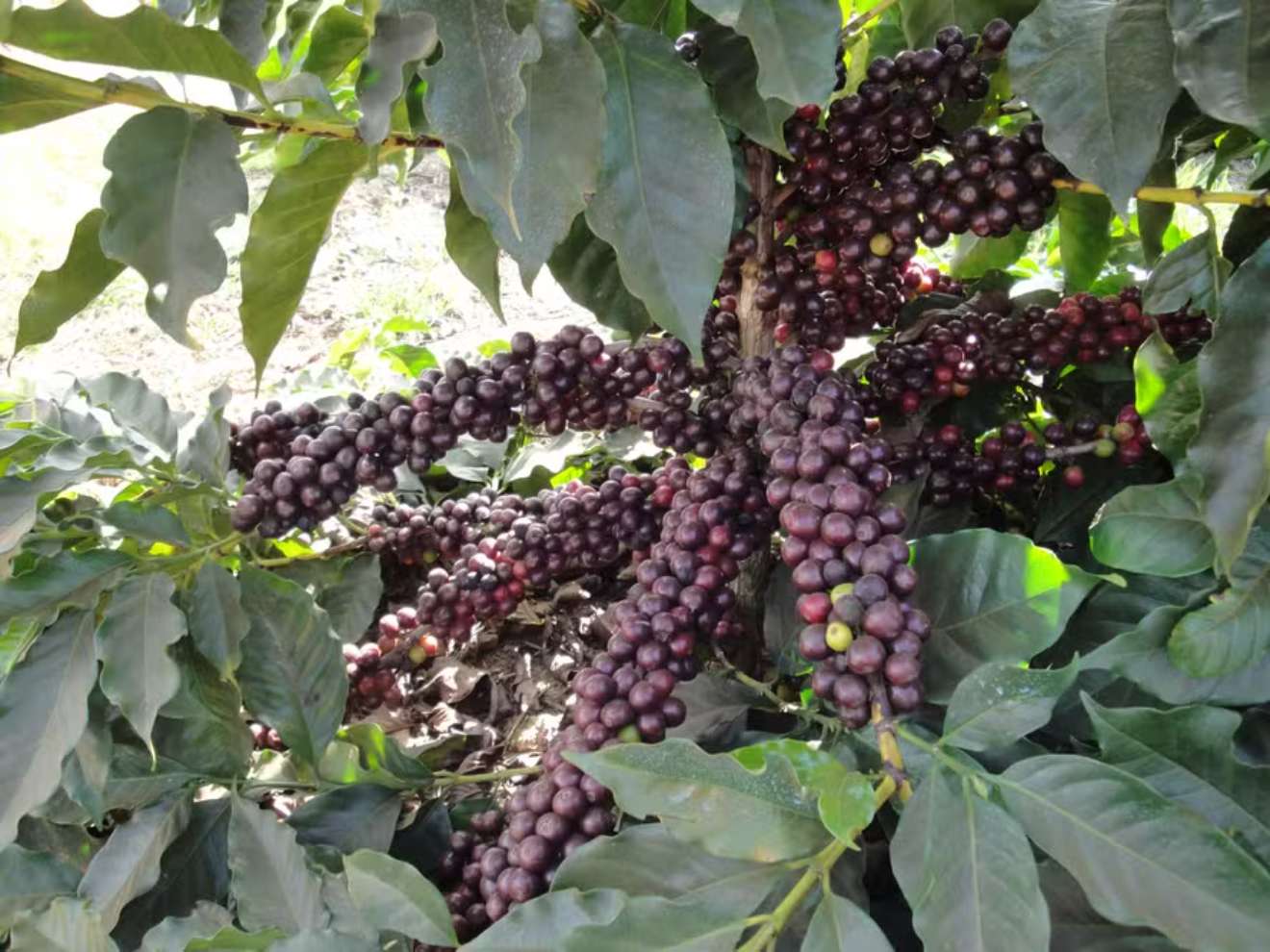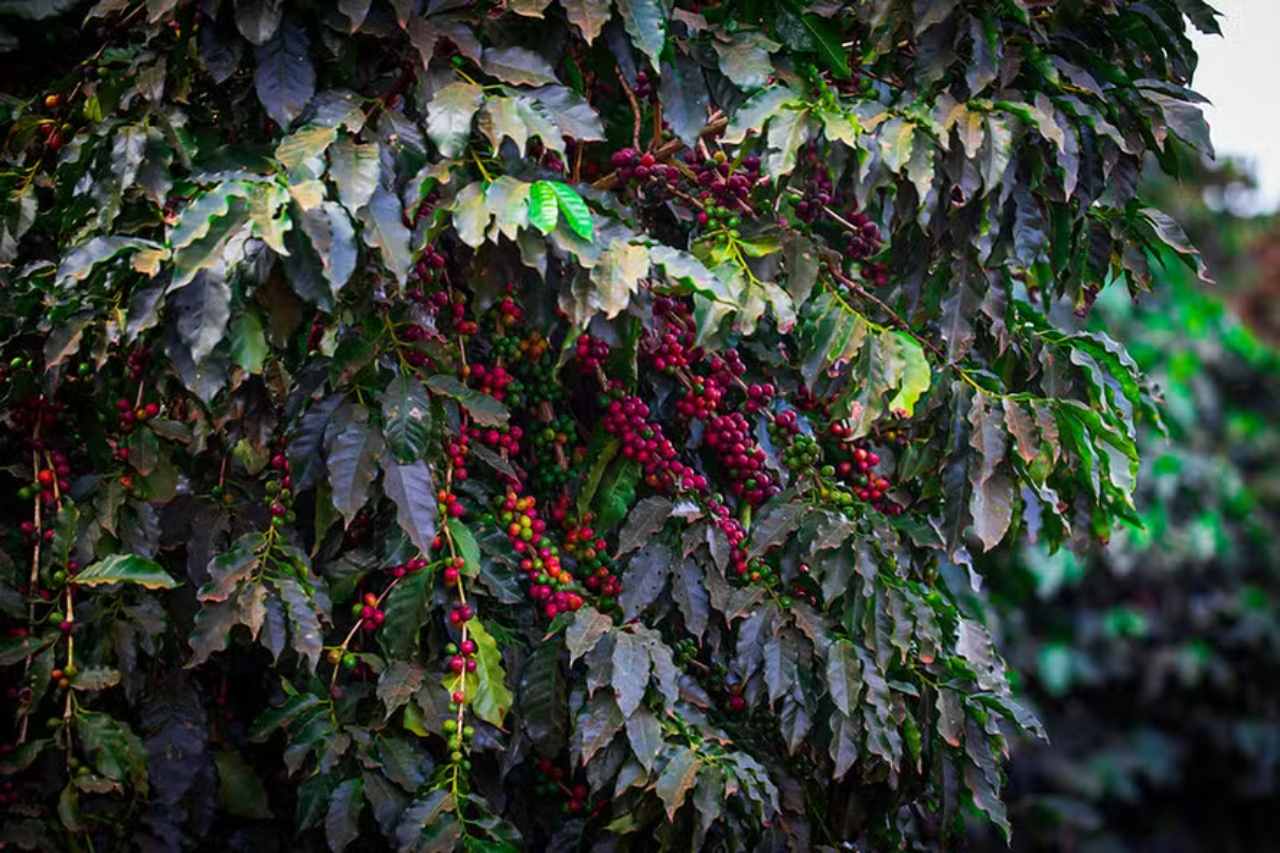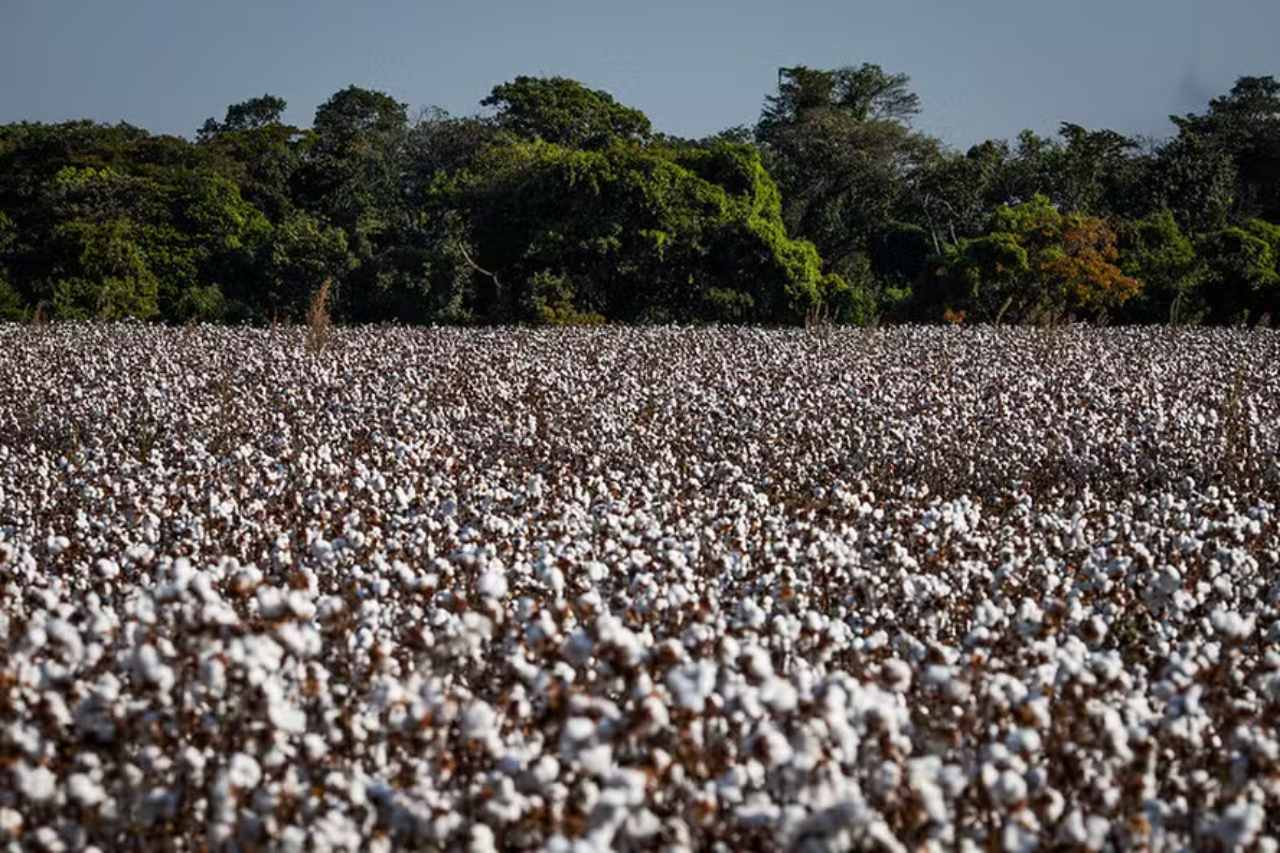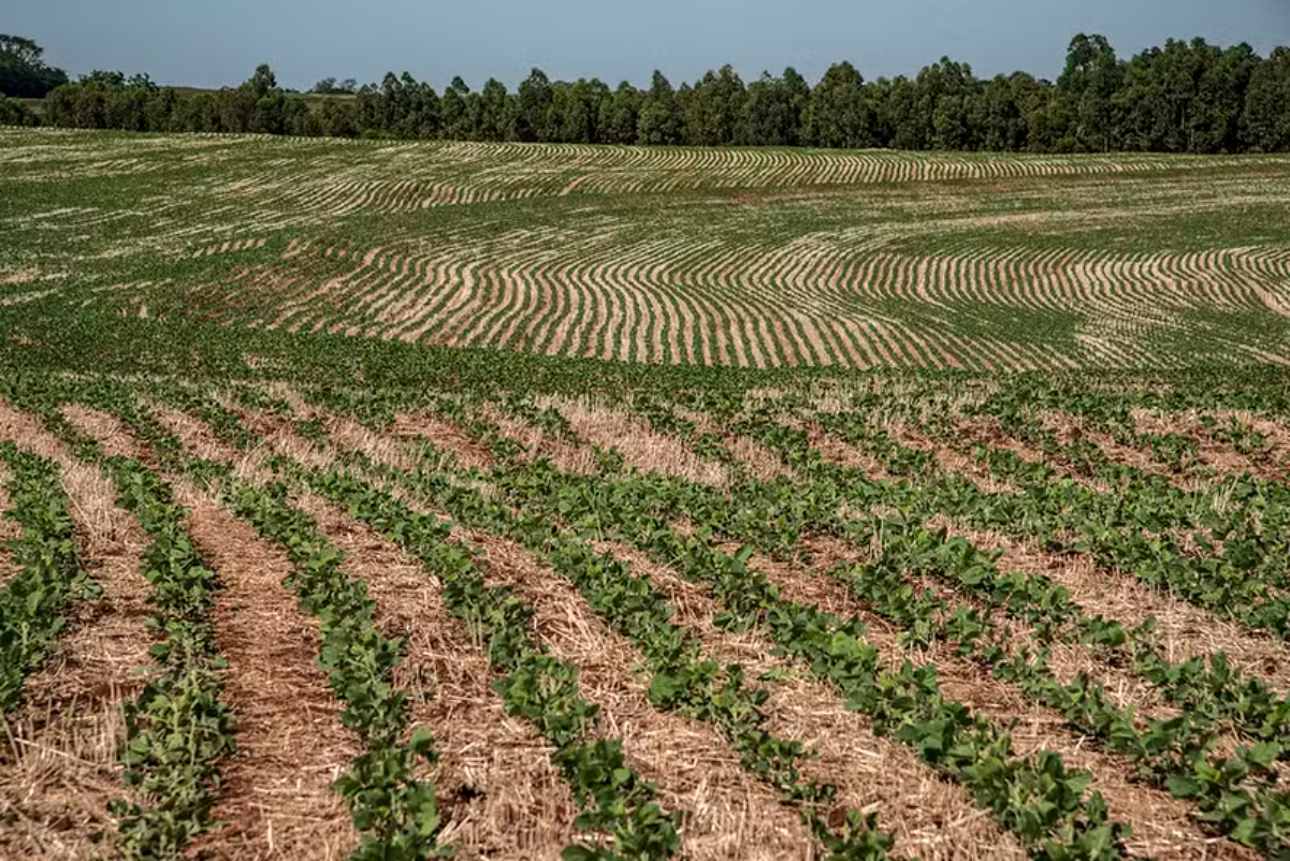Samples of genetic material are preserved in various ways to develop new varieties. Learn how it works below.
Germplasm refers to a collection of genetic material samples that retain the characteristics of plant or animal species. This material can include plant tissues, plant organs, whole plants, and animal DNA.
Importance and Examples
The coffee bank at the Santa Elisa Farm, part of the Agronomic Institute of Campinas (IAC), is the largest in Brazil and highlights the importance of this kind of collection. Around 90% of the coffee consumed in Brazil comes from varieties developed using the IAC’s collection. However, a government plan to sell part of the property puts this important resource at risk.
The term “germplasm” was first used by the German biologist August Weismann in 1892, in his book Keimplasma: eine Theorie der Vererbung (Germplasm: A Theory of Inheritance). Germplasm serves as a source of genetic variability that can be used to improve plants, for example, by studying plants with resistance to drought or specific diseases.
The first seed bank was created in the 20th century by the Russian biologist, botanist, and geneticist Nikolai Vavilov, in Saint Petersburg. Vavilov traveled the world collecting cereal seeds, and by 1930, he had amassed over 230,000 samples.
Types of Germplasm
Germplasm collections are categorized into base, active, core, and working collections, according to a study by the Federal University of Paraná, based on the books Melhoramento Genético de Plantas by Ronzelli Júnior and Melhoramento Genético by Faria Montalván.
- Base Collection:
This collection gathers as much variability of a species as possible, including wild relatives, cultivars, traditional varieties, and elite varieties. Its purpose is long-term conservation, preventing genetic loss. These samples are not distributed or exchanged and are maintained by institutions like Embrapa and IAC. - Active Collection:
This collection focuses on short- to medium-term conservation, management, and distribution. It includes samples derived from the base collection and is dedicated to evaluation, documentation, and exchange. Embrapa Soja in Londrina (PR), for example, maintains an Active Germplasm Bank (BAG) for soybeans. - Core Collection:
This collection aims to capture the greatest genetic variability with the fewest possible samples, reducing redundancy by eliminating duplicate accessions. It facilitates easier management and promotes germplasm use. - Working or Breeder’s Collection:
This collection provides material for scientists or research institutions working on plant breeding. The seeds are stored short-term and typically consist of elite germplasm.
Types of Germplasm Banks
Depending on the type of sample, germplasm banks can be categorized as seed banks, field banks, in vitro banks, or in situ banks.
- Seed Banks:
These banks store seeds under controlled temperature and humidity conditions. An example is the maize seed bank at Embrapa Maize and Sorghum in Sete Lagoas (MG). - Field Banks:
These banks conserve species with either resistant seeds or vegetative propagation (e.g., coffee, citrus, cocoa, cassava, and sugarcane). The Active Germplasm Bank of Citrus (BAG – Citrus) at the IAC’s Citriculture Center in Cordeirópolis (SP) is one example.
Coffee seeds cannot be stored in cold chambers, as they lose their vigor within a year. Therefore, the only way to preserve coffee genetics is by planting them. This is why the IAC bank is essentially a coffee plantation. Through it, researchers have developed cultivars resistant to rust and, more recently, to leaf miners. Studies also suggest that genetic variability exists for drought and heat tolerance—crucial traits for addressing the effects of climate change already impacting Brazil. - In Vitro Banks:
These collections store germplasm in laboratories under conditions that slow down sample growth. Plant tissues are preserved in this manner. Embrapa Mandioca e Fruticultura in Cruz das Almas (BA) maintains an in vitro bank for cassava. - In Situ Banks:
These collections conserve germplasm in its natural habitat, focusing on the preservation of ecosystems or genetic reserves.
Where is the World’s Largest Germplasm Bank?

The world’s most important germplasm bank is located in Norway—the Svalbard Global Seed Vault. It can store more than 4 million seed samples and is housed in a 125-meter-long tunnel within a mountain near the North Pole.
With maximum security and 24/7 protection, the facility opens only four times a year. In 2014, Brazil sent different types of bean samples to Svalbard for safekeeping.
The choice of the North Pole location was strategic: in the event of global power outages caused by wars or disasters, the seeds would remain refrigerated naturally.





